


Government passes the Representation of the People Act
Gave the vote to women over the age of 30 who met the minimum property requirements.
Government passes the Parliament (Qualification of Women) Act 1918
Allow women to be elected into Parliament.
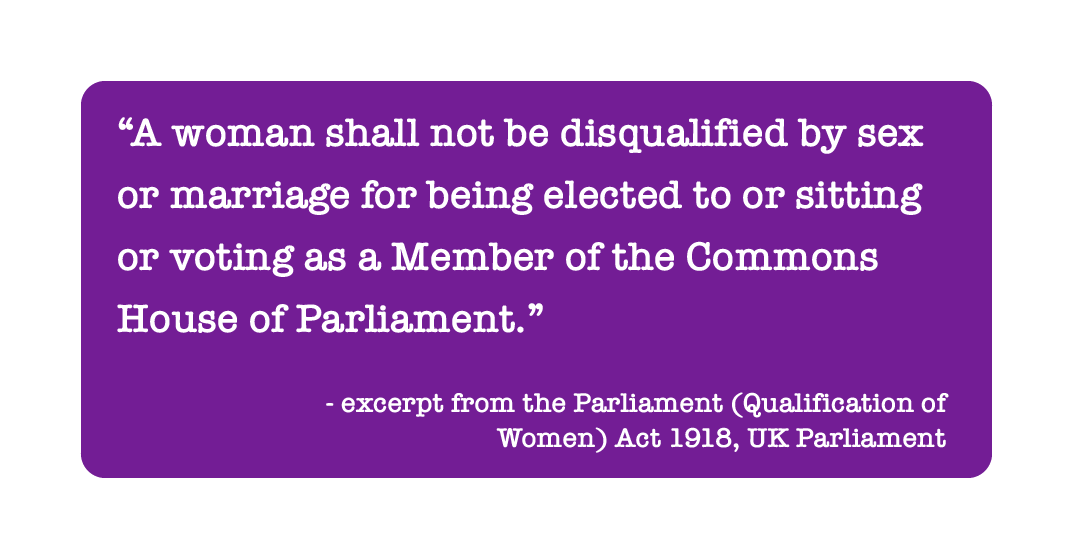
During the 1918 General Election, 17 women stood as candidates. One woman, Countess Constance Markievicz, was elected.
Government passes the Representation of the People (Equal Franchise) Act 1928
Dropped age requirement for women to 21 and dropped property requirements. ALL men and women had the same voting terms.
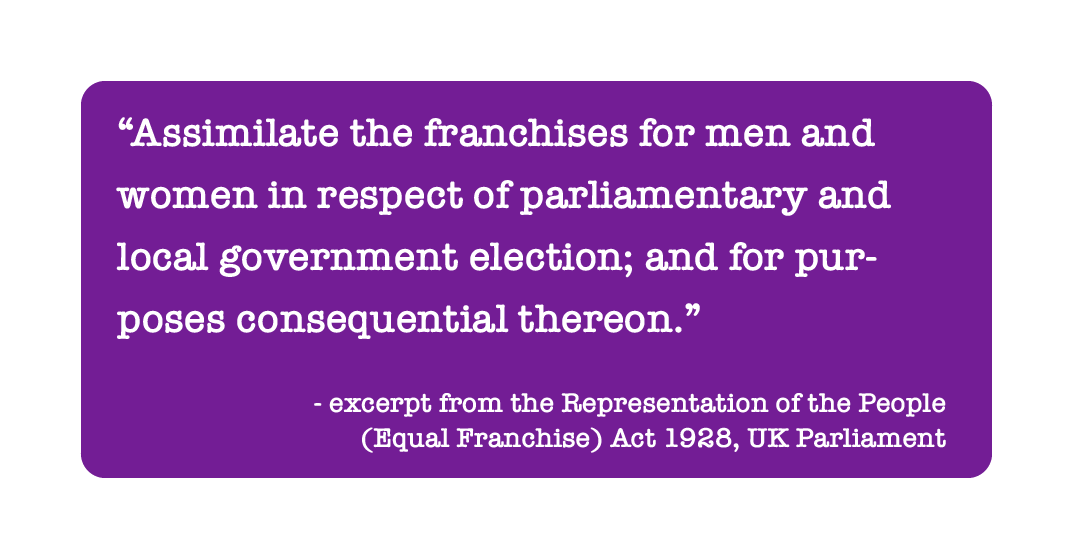
Government passes the Representation of the People Act 1969
Reduced voting age from 21 to 18 for both men and women.
Through untraditional methods, the Suffragettes helped all women gain suffrage in the UK. Moreover, they radically changed the idea of female domesticity by proving that women could be courageous when fighting for a common cause. It was through their persistence, sacrifice, and everlasting solidarity that they were able to reach their goal of passing the Representation of the People Act (1928).
However, even after a century, the fight for women's equality continues. Pay equity and a girl's right to education (in some parts of the world) are still ongoing issues. Although the Suffragettes greatly helped in gaining enfranchisement, there are many inequalities that women still face.
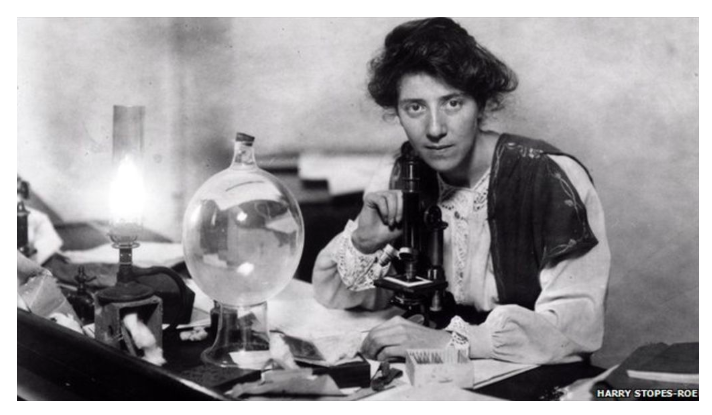
"Marie Stopes at her microscope. Before tackling birth control, her studies were focused on botany.", n.d., Marie Stopes International Australia
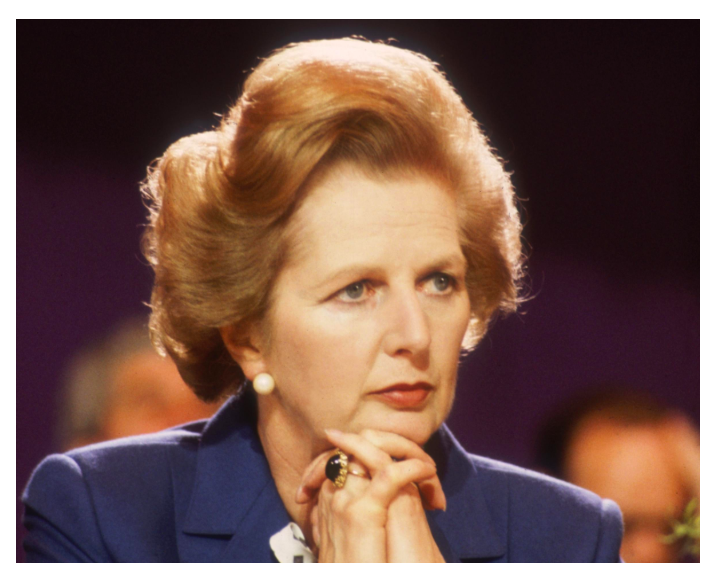
"Britain's then-Prime Minister Margaret Thatcher at the Tory Party Conference in Blackpool, England", 1981, Hulton Archives
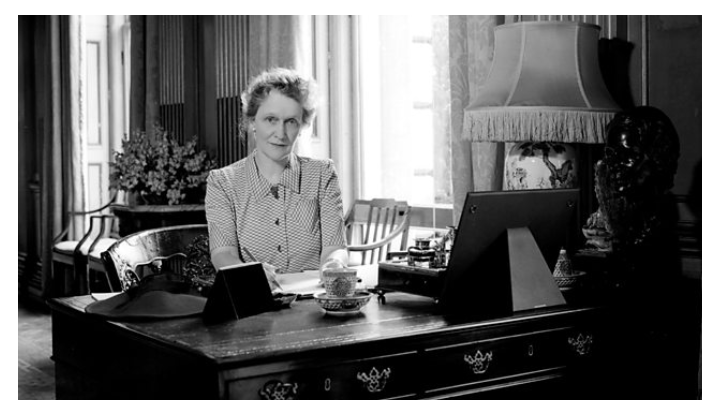
"Viscountess Nancy Astor, 2nd female member of Parliament and 1st to take her seat in Parliament", n.d., BBC Parliament: First Lady: Nancy Astor
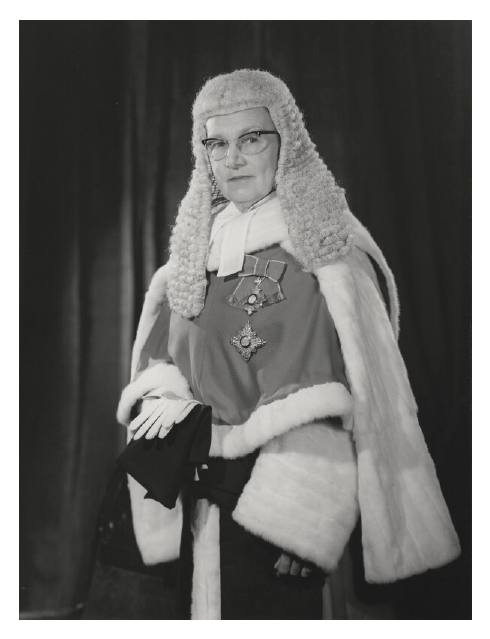
'Dame Elizabeth Kathleen Lane, first female British judge', 1966, National Portrait Gallery
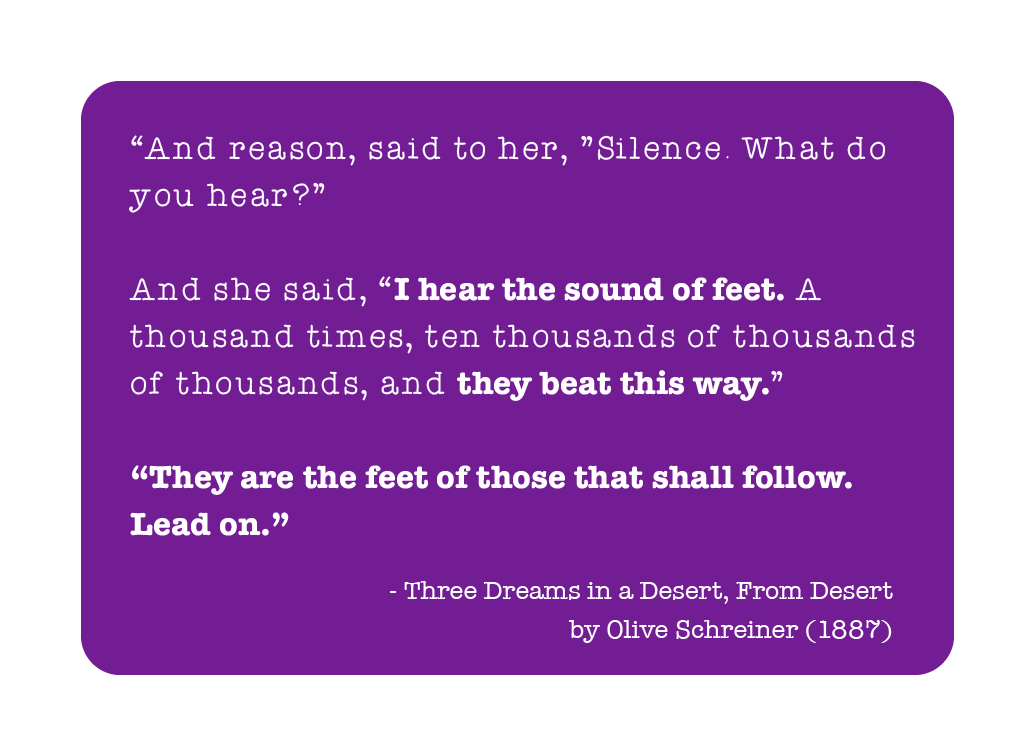
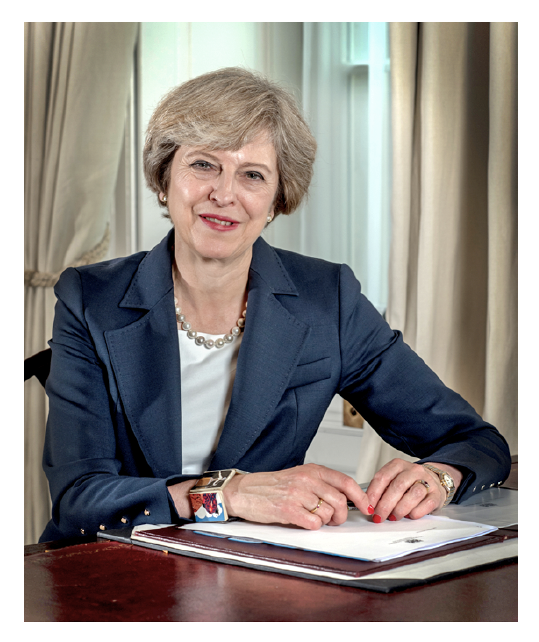
'Portrait of Second Female British Prime Minister, Theresa May, 2016, Controller of Her Majesty's Stationery Office
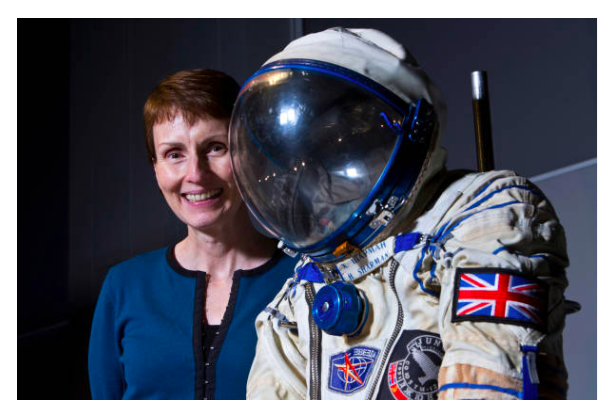
Helen Sharman, 1st British Astronaut, n.d., Getty
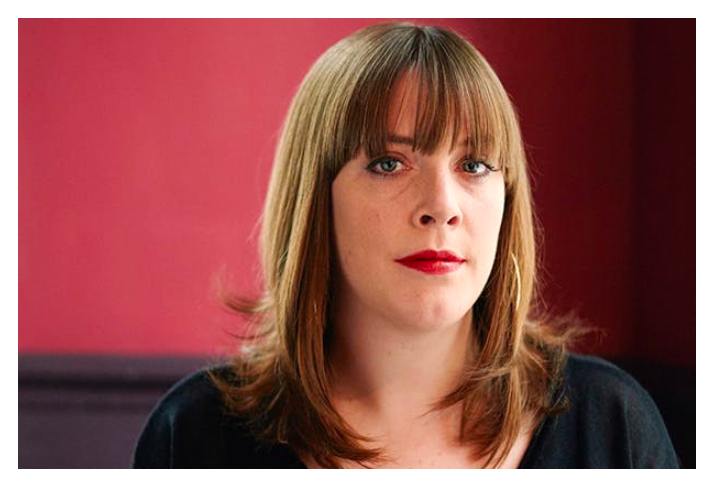
Jess Phillips, an MP for Birmingham, England, n.d., Yonah
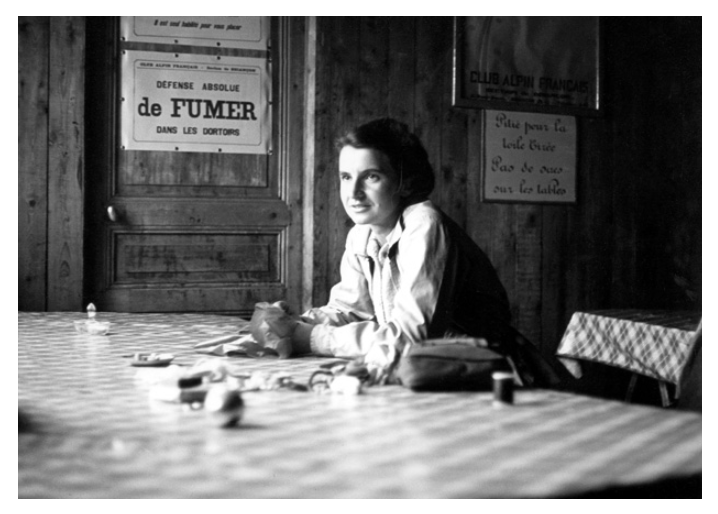
"Rosalind Franklin in 1950. She, like Crick, had realised that DNA had a double helix structure.", 1950, Vittoria Luzzati/NPG